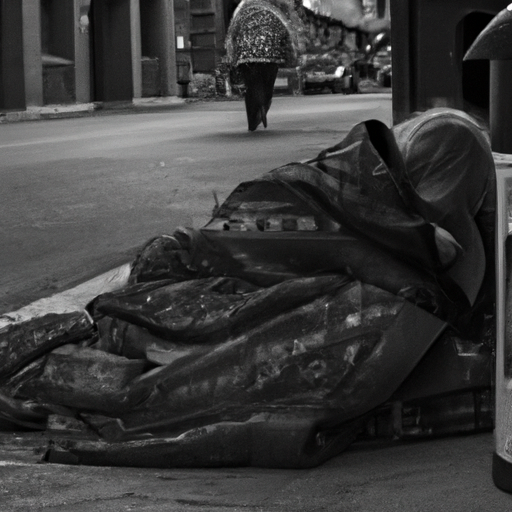The Front Lines of Montreal’s Opioid Crisis: A Closer Look
The Global News Video provides an in-depth view of the reality faced by frontline workers battling Montreal’s escalating opioid crisis. The situation, similar to other cities across Canada, is grim; increasing numbers of opioid users, drugs, and related fatalities are all part of the tragic narrative. This discourse will examine the impacts of the opioid crisis and discuss efforts currently in place to combat it.
The Closing Grip of the Opioid Crisis
First, it’s crucial to understand that the opioid epidemic isn’t secluded to any single demographic. It has seeped into various corners of our society, impacting individuals regardless of age, race, or socioeconomic standing. Opioid misuse, a key driver of this crisis, is characterized by a dependency on prescription opioid pain relievers, such as oxycodone, hydrocodone, codeine, morphine, and illicit drugs like heroin and synthetic opioids such as fentanyl.
Crippling Effects on Homeless
One of the most vulnerable groups in the face of this crisis is the homeless population. Access to, or lack thereof, health and social services make them particularly susceptible to the harmful effects of opioid misuse. The video footage from Global News reveals an alarming increase in the number of homeless individuals trapped in the spiral of opioid use. This reality worsens existing challenges associated with homelessness – food insecurity, lack of safe and stable housing, and declining mental health.
The Crime Connection
Moreover, the opioid crisis has been explicitly linked to an upsurge of crime rates. The urge to finance drug dependency fuels petty crimes, especially theft and burglary. The correlation is straightforward – an individual struggling with addiction needs money to sustain their dependency, hence turning to criminal activities.
On the Battlefront: Current Efforts to Combat the Crisis
While the opioid crisis’s effects are certainly alarming, several measures are being championed to combat the problem. An integral part of these efforts is increasing access to naloxone – a potentially life-saving medication that can reverse an opioid overdose if administered in time.
Here are some key points from the video:
- The Montreal Police Service is implementing a new project where officers will carry naloxone. This project aims to equip front-line officers with the essential tool necessary to combat opioid overdoses head-on.
- Community outreach groups continue delivering naloxone kits, a crucial move in empowering individuals and communities to act when witnessing an overdose.
- Advocates are pushing for more safe spaces where addicts can consume their drugs under professional supervision. These Overdose Prevention Sites (OPS) are essential in preventing fatal overdoses and connecting users with harm reduction resources.
The Ongoing Battle: Possible Future Efforts
It’s becoming increasingly clear that innovative strategies must be dedicated to addressing the opioid crisis. Policymakers should consider evidence-based policy changes, such as decriminalizing drug use, encouraging harm reduction services, and increasing efforts towards early prevention and treatment.
Moreover, class-action lawsuits may be vital in holding responsible parties accountable. For example, the Canadian opioid class action against the manufacturers of OxyContin and Percocet alleges deceptive marketing tactics that significantly contributed to the opioid crisis. Successful litigation could set a precedent for future accountability measures and possibly fund treatment and prevention efforts.
Looking forward also means ensuring that homeless individuals have the resources they need to prevent and treat opioid addiction. This includes safe and affordable housing, mental health services, and employment support.
In conclusion, Montreal’s opioid crisis, just like many other places in Canada, is a pressing issue demanding immediate and thoughtful action. The opioid crisis is not just a public health or crime issue; it’s also a social justice issue that calls for compassion, understanding, and innovation. With adequate dedication, we can hope for a future where opioid addiction does not cripple our communities any further.
Summary: Key Takeaways
In summary, the opioid crisis permeates various societal corners, leaving devastation in its path. Particularly vulnerable are the homeless population and neighborhoods grappling with escalating crime rates. Crucial to mitigating these impacts are innovative policies and strategic approaches, including increased availability of naloxone, progressive harm reduction services, advocacy for accountability through legal action like the opioid class action, and comprehensive social support for homeless individuals. These concerted efforts are imperative to combating Montreal’s opioid crisis and its devastating consequences.
